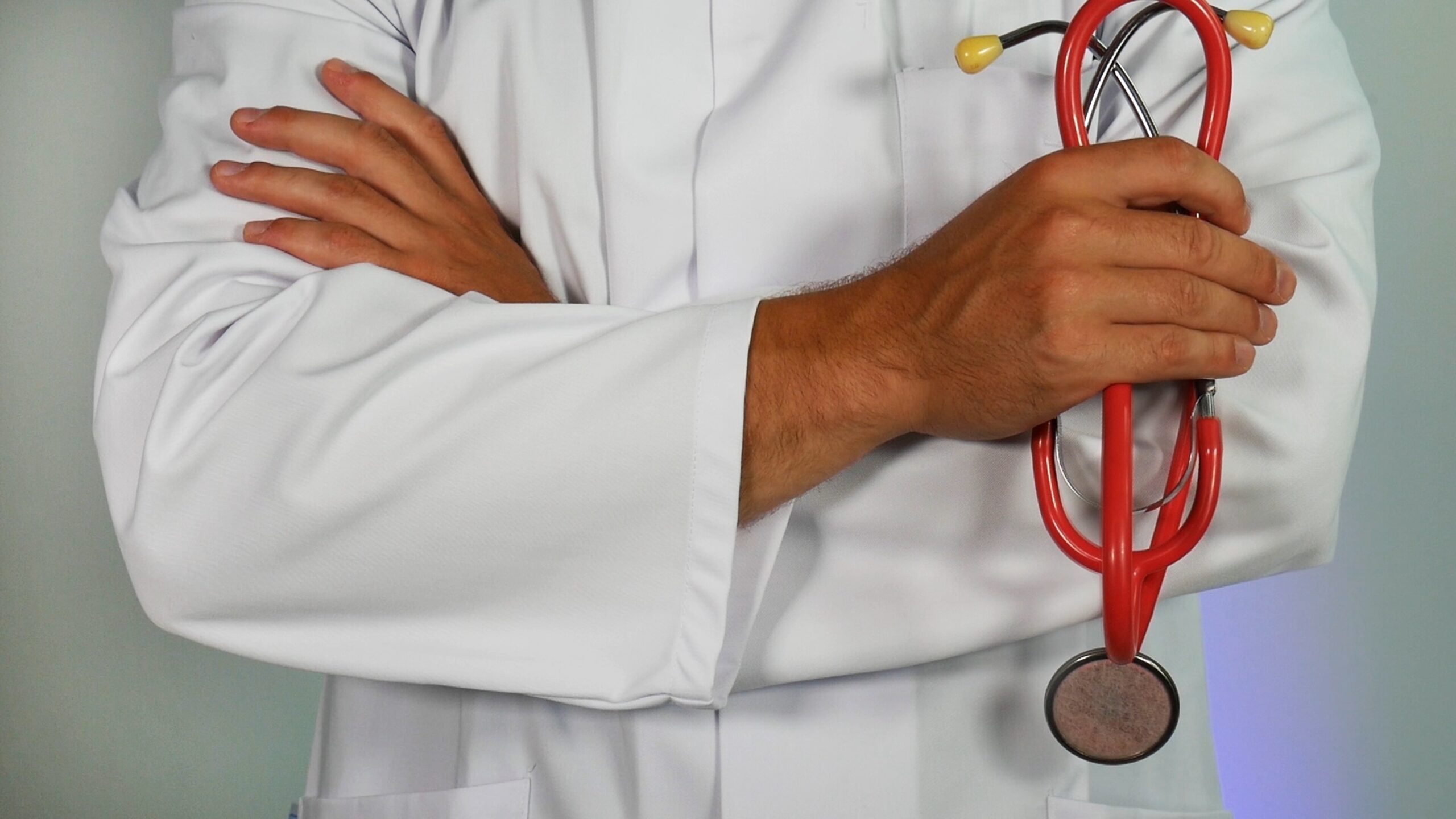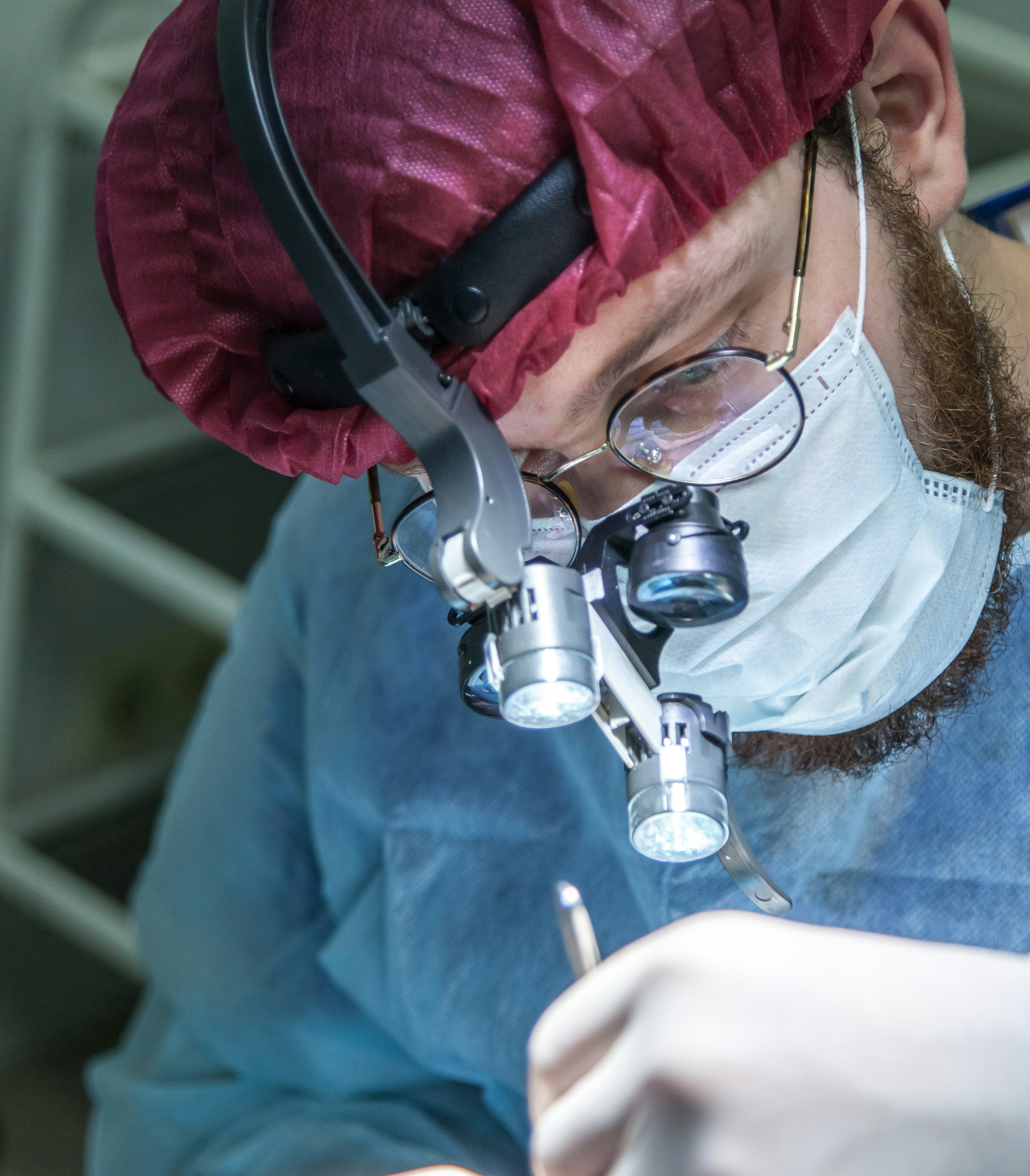Are you curious about what a transurethral resection of the prostate (TURP) is? Well, wonder no more! This article will provide you with a comprehensive understanding of TURP, a surgical procedure used to treat conditions like an enlarged prostate. Delving into the details of this minimally invasive technique, you'll learn about the benefits, recovery process, and potential risks associated with TURP. So, if you've ever wondered what happens during this procedure, stay tuned – we've got you covered!
Understanding Transurethral Resection of the Prostate (TURP)
Definition of TURP
Transurethral Resection of the Prostate (TURP) is a surgical procedure commonly performed to treat urinary problems caused by an enlarged prostate gland. It involves removing excess prostate tissue through the urethra, without the need for external incisions. TURP is considered the gold standard treatment for benign prostatic hyperplasia (BPH), a condition where the prostate gland becomes enlarged and obstructs the flow of urine.
Purpose and function of TURP
The primary purpose of TURP is to alleviate symptoms associated with an enlarged prostate, such as frequent urination, urgency, weak urine flow, and incomplete bladder emptying. By removing the obstructing prostate tissue, TURP aims to restore normal urinary function and improve the quality of life for patients.
The Anatomy of the Prostate Involved in TURP
Structure of the prostate gland
The prostate gland is a small, walnut-sized organ located just below the bladder and surrounds the urethra, the tube through which urine passes. It is composed of glandular tissue that produces seminal fluid, and muscular tissue that aids in ejaculation.
Location and function of the prostate in the body
Situated in close proximity to the bladder and urethra, the prostate gland plays a crucial role in the male reproductive system. It is responsible for producing and secreting seminal fluid, which nourishes and protects sperm during ejaculation.
How TURP impacts the prostate
During TURP, a surgical instrument called a resectoscope is inserted through the urethra and used to remove excess prostate tissue. The procedure aims to alleviate the symptoms of an enlarged prostate by reducing the obstruction of the urethra, allowing for improved urine flow and emptying of the bladder.

Who Needs a TURP?
Common prostate problems leading to TURP
TURP is typically recommended for individuals with an enlarged prostate causing troublesome urinary symptoms. Common prostate problems that may necessitate a TURP procedure include benign prostatic hyperplasia (BPH), which is non-cancerous enlargement of the prostate, and prostate cancer in certain cases.
Assessing patient suitability for TURP
To determine if a patient is suitable for TURP, healthcare professionals will conduct a comprehensive evaluation. This may include a medical history review, physical examination, urine flow tests, prostate-specific antigen (PSA) blood test, and imaging studies such as ultrasound. The decision to proceed with TURP ultimately depends on the severity of symptoms, impact on quality of life, and patient preferences.
Alternatives to TURP for prostate issues
While TURP is highly effective for managing prostate problems, there are alternative treatments available. These may include medications to manage symptoms, minimally invasive procedures such as laser therapy or transurethral needle ablation, or in more severe cases, open surgery. The choice of treatment depends on various factors, including the size of the prostate, patient's overall health, and the desired outcome.
Preparations for the TURP Procedure
Medical examinations and tests prior to TURP
Before undergoing TURP, your healthcare team will perform a series of medical examinations and tests to ensure your safety and suitability for the procedure. These may include blood tests, urine analysis, electrocardiogram (ECG) to assess heart function, and potentially imaging scans. Your healthcare provider will review your medical history, current medications, and any allergies to ensure the procedure proceeds smoothly.
Potential risks or complications and their management
As with any surgical procedure, TURP carries potential risks and complications. These may include bleeding, infection, urinary incontinence, bladder or urethral injury, retrograde ejaculation (semen flowing backward into the bladder instead of out through the penis), and erectile dysfunction. However, the risk of such complications is relatively low and can be managed by skilled healthcare professionals.
Instructions before the day of surgery
Your healthcare provider will provide you with specific instructions to follow in the days leading up to your TURP surgery. These instructions may include guidelines on fasting before the procedure, discontinuation of certain medications, and emptying your bowels with a laxative or enema. Following these instructions is crucial to ensure a safe and successful surgery.

Understanding the TURP Procedure
Detailed step-by-step explanation of a TURP operation
During a TURP operation, you will be placed under general or spinal anesthesia to ensure your comfort. The surgeon will first insert a resectoscope through the urethra and into the prostate gland. The resectoscope has a wire loop, which is used to remove excess prostate tissue by carefully shaving it off. This tissue is then flushed out of the bladder using sterile fluid.
Instruments and technologies used in TURP
The primary instrument used in TURP is the resectoscope, which consists of a long, thin, and flexible tube. It contains a light source, camera, and various attachments to remove or dissect prostate tissue. The resectoscope is guided by the surgeon to perform the necessary maneuvers and ensure optimal outcomes. Advanced technologies, such as bipolar or laser resectoscopes, may also be used to enhance the precision and effectiveness of the procedure.
Roles of healthcare team during a TURP operation
During a TURP operation, a multidisciplinary healthcare team works together to ensure optimal outcomes. This team typically includes a surgeon specializing in urology, anesthesiologists to administer and monitor anesthesia, nurses to assist during the procedure, and technicians responsible for maintaining and operating the equipment. Each member plays a crucial role in delivering safe and effective care.
After the TURP Procedure
Immediate aftercare post-TURP
Following a TURP procedure, you may be required to stay in the hospital for a short period of time to receive immediate post-operative care. This may involve close monitoring of vital signs, pain management, and bladder irrigation to prevent blood clots and ensure proper healing. Your healthcare team will provide you with instructions on wound care, medications, and any restrictions on physical activity.
Potential immediate post-operation complications
As with any surgery, there are potential complications that may arise immediately following a TURP procedure. These can include bleeding, infection, blood clots, difficulty urinating, or adverse reactions to anesthesia. However, your healthcare team is prepared to identify and manage these complications promptly to minimize any adverse effects on your recovery.
Hospital stay duration post-TURP
The length of your hospital stay following a TURP procedure will depend on various factors, including your overall health, the complexity of the surgery, and your individual recovery progress. In general, most patients can expect a hospital stay ranging from one to three days. However, your healthcare team will closely monitor your condition and determine the appropriate discharge time.
Long-Term Recovery and Expectations after TURP
Expected timeline for recovery
After a TURP procedure, the majority of patients experience significant improvement in their urinary symptoms within a few weeks. However, complete recovery can take several months. It is important to follow your healthcare provider's instructions regarding post-operative care, including medication usage, physical activity restrictions, and any recommended changes to your diet or fluid intake.
Long-term follow-ups and check-ups
Regular follow-up appointments with your healthcare provider are vital to monitor your progress after a TURP procedure. These appointments may include physical examinations, urine tests, and potentially imaging studies to ensure proper healing and continued improvement of urinary symptoms. Your healthcare provider will work with you to establish a follow-up schedule that suits your individual needs.
Lifestyle changes and adaptations after TURP
While TURP can greatly improve urinary symptoms and quality of life, some lifestyle changes may be necessary to maintain long-term benefits. This may include maintaining a healthy diet, staying physically active, staying hydrated, and avoiding activities that may cause urinary irritation or strain. Your healthcare provider will provide guidance on these changes and help you navigate the post-TURP lifestyle adjustments.
Impact of TURP on Quality of Life
Changes in urinary function after TURP
TURP can have a significant positive impact on urinary function. By removing excess prostate tissue, TURP can restore a normal urine flow rate, alleviate urinary urgency and frequency, reduce the need to wake up at night to urinate, and improve bladder emptying. Many patients find that their quality of life improves significantly after TURP as they regain control over their urinary function.
Impact of TURP on sexual function
TURP can have varying effects on sexual function. While the procedure itself does not directly impact the ability to achieve an erection, it may lead to retrograde ejaculation, where semen flows backward into the bladder instead of out through the penis during ejaculation. This usually does not cause harm or discomfort, but may affect fertility. If sexual function concerns arise after TURP, it is important to discuss them with your healthcare provider.
Overall effects of TURP on day-to-day life
For many individuals, TURP can have a transformative effect on day-to-day life. By alleviating bothersome urinary symptoms, TURP allows individuals to engage in activities without the constant worry of needing immediate access to a restroom. Sleep is also often improved with reduced nighttime urination, leading to better overall rest and increased energy levels. TURP can restore normalcy to daily routines and enhance confidence and well-being.
Advancements in TURP and Other Related Surgeries
Latest advancements and enhancements to TURP
As medicine continues to advance, new techniques and technologies have emerged to enhance the effectiveness and safety of TURP. These advancements include the use of bipolar or laser resectoscopes, which can minimize bleeding and improve surgical precision. Additionally, there are ongoing efforts to refine the patient selection process and develop less invasive alternatives to TURP.
Emerging alternatives to TURP
While TURP is widely recognized as the gold standard treatment for BPH, there are emerging alternatives that show promise. These alternatives include laser-based procedures such as photoselective vaporization of the prostate (PVP), holmium laser enucleation of the prostate (HoLEP), and transurethral microwave thermotherapy (TUMT). These procedures offer potential advantages such as shorter recovery times, reduced bleeding, and preserved sexual function.
Research and clinical studies on TURP
Extensive research and clinical studies have been conducted to enhance our understanding of TURP and its outcomes. These studies aim to improve patient selection criteria, refine surgical techniques, assess long-term efficacy, and explore novel approaches to prostate treatment. The findings from these studies contribute to the constant evolution of TURP, ensuring that patients benefit from the most up-to-date and effective treatment options.
FAQs About TURP
Commonly asked questions about TURP
- What is the success rate of TURP in relieving urinary symptoms?
- How long does it take to recover from a TURP procedure?
- Can TURP be performed under local anesthesia?
- Will TURP affect my fertility?
- Is TURP a permanent solution for an enlarged prostate?
Misconceptions and myths about TURP
- TURP is the only treatment option for an enlarged prostate.
- TURP will cause impotence or permanent sexual dysfunction.
- TURP is a high-risk procedure with significant complications.
- TURP is painful and has a long recovery period.
- TURP is only suitable for older individuals.
Resources for further information on TURP
For additional information on TURP, it is advisable to consult reputable sources such as:
- The American Urological Association (https://www.auanet.org/)
- The National Institute of Diabetes and Digestive and Kidney Diseases (https://www.niddk.nih.gov/)
- The Mayo Clinic (https://www.mayoclinic.org/)
These resources provide comprehensive information on TURP, including the procedure, risks, benefits, and alternative treatment options. It is always recommended to consult with your healthcare provider to address any specific questions or concerns you may have regarding TURP.

